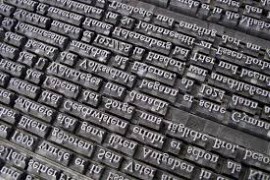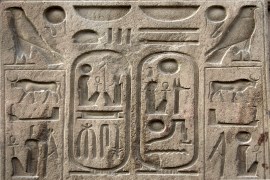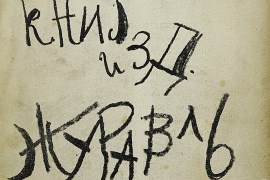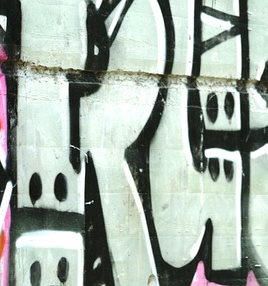Livre | Chapitre
Evolution theory system theory game theory biocentric modeling
pp. 368-417
Résumé
Mathematical abstraction unquestionably represents the non plus ultra of technology transfer. Therefore it is not surprising that the nnost radically diverse thinker of the twentieth century was a mathematician: the Hungarian John von Neumann. He quite consciously cultivated this diversity, which led him apparently effortlessly from mathematical logic to quantum physics or from hydrodynamics to meteorology At times it seems that he directed his interests toward a new field precisely because it was different than anything he had ever done before. For this reason, it would have greatly fascinated him that two completely separate fields, which he created, have grown together in a surprisingly natural way. First, there is game theory, which he (and his Austrian friend, Oskar Morgenstern) created as a tool for economics. Second, there are the models for artificial life, which his Polish friend, Stanislav Ulam, suggested and which von Neumann designed, using cellular automatons.
Détails de la publication
Publié dans:
Weibel Peter (2005) Beyond art: a third culture: a comparative study in cultures art and science in 20th century Austria and Hungary. Dordrecht, Springer.
Pages: 368-417
Citation complète:
Pichler Franz, Hofer Veronika, Weibel Peter, Leinfellner Werner, Köhler Eckehart, Schuster Peter, Sigmund Karl, 2005, Evolution theory system theory game theory biocentric modeling. In P. Weibel Beyond art: a third culture (368-417). Dordrecht, Springer.










